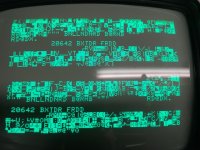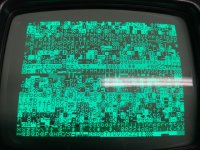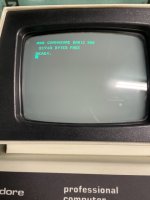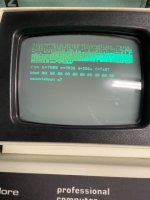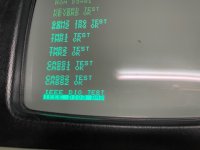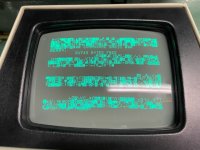daver2
10k Member
It could be a bad PCB trace. It could also be a bad IC (not completely dead but marginal).
Have you tried my PETTESTER first to make sure your ROM checksums are correct AND stable? Assuming you get that far and my PETTESTER doesn't find fault with the video RAM logic...
Dave
Have you tried my PETTESTER first to make sure your ROM checksums are correct AND stable? Assuming you get that far and my PETTESTER doesn't find fault with the video RAM logic...
Dave

